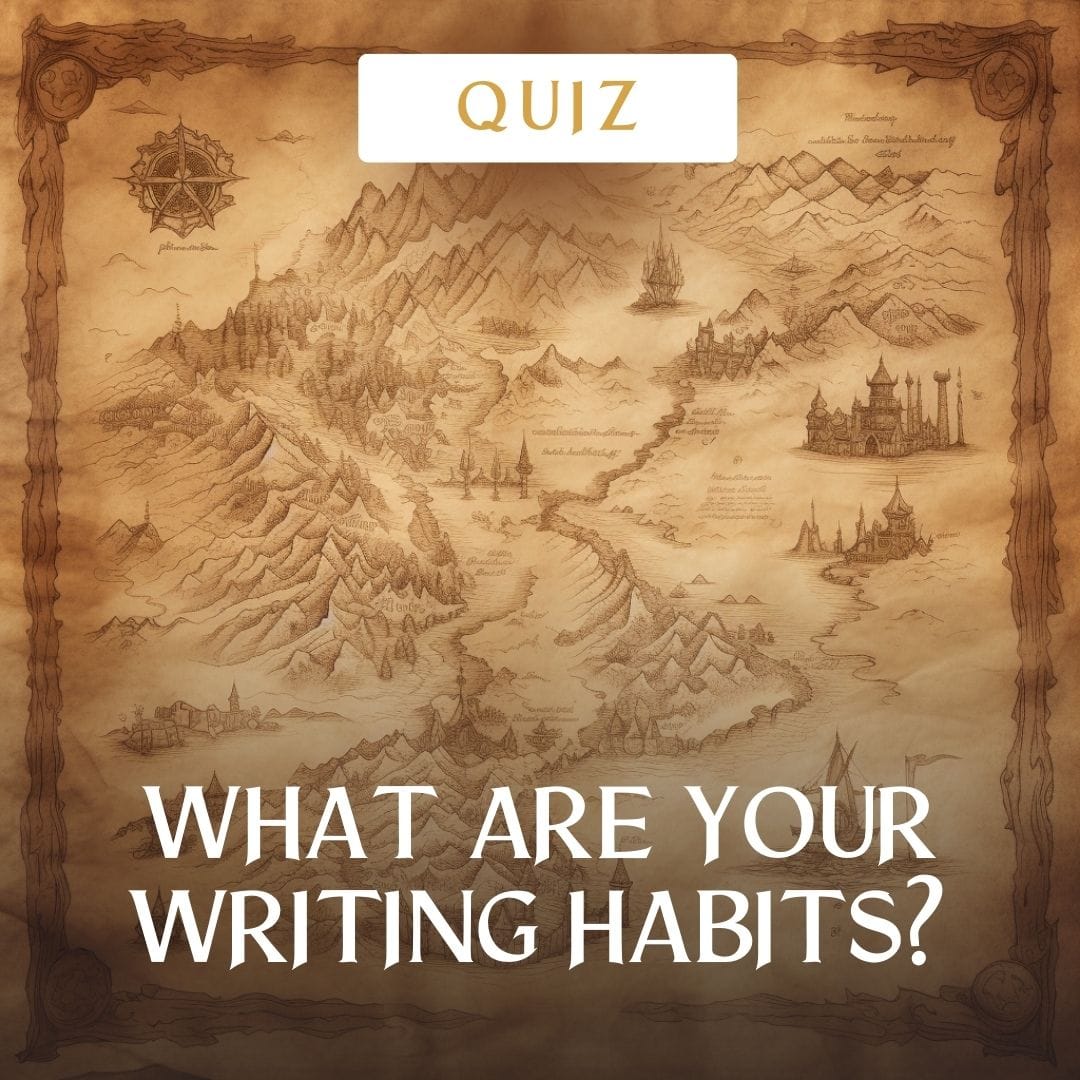POV stands for Point of View, and there are typically three kinds;
- First Person Internal – inside the character’s head
- Second person – inside the reader’s head
- Third Person Omnicient – Outside the character, looking ‘down’ on them like a narrator.
I’m actually talking about something else; why you should use POV at all, and where you should be investing your reader’s time.
So you have multiple POVs, or points of view in your story. Sometimes beginning authors suffer from an attack of ‘head jumping’, where within a single scene, the ‘camera’ of the storyteller is jumping into different people’s heads to try and express all the emotions running in the scene.
It takes a very good author to pull that off. In fact, its so hard to do well that it’s a pretty good idea to not do it.
You can craft a far more powerful scene by sticking inside the head of one character, and have them interpret emotional cues and subconscious responses from the rest of the people involved.
This allows the reader to bond more closely, and pay more attention to the characters who matter to the story.
So there are two kinds of POV that you should use. Well, there’s three, but you shouldn’t use the third. I’ll get to them in a minute.
If it’s not one of those two, you can run the risk of weakening your narrative through dilution.
Here’s why.
Why a POV Is Indispensable
A POV is used because it is indispensable to telling your story. Your main character’s POV is essential, along with perhaps the antagonist, and – in an average novel – perhaps a third character. Every time a POV is introduced, you’re asking the reader to invest emotional time and memory into that new person. If you don’t have the story time and plot development to make it worth the while, the reader will be left confused, or get the sense that this wasn’t well thought through.
Ask yourself: is my story is damaged if I remove a particular character’s POV. Can I condense that into one of my primary characters? Will a reader still be able to understand everything that’s happened?
Sometimes POVs of minor, ‘throwaway’ characters are used to further a subplot, a secondary storyline running alongside the main one. In your novel, no subplot should be totally divorced from the main plot. They should relate to each other somehow, the resolution of one aiding the resolution of the other.
If the subplot is tightly tied to the outcome of the main plot, then you can justify investing the reader’s time into these scenes, that may seem disconnected from the bigger picture.
The reader is trusting that you’re leading them in the right direction. Red herrings and a weak subplot that exists for no other reason than to complicate the story is a perfect way to lose the reader.
So the game is to keep on target. Always ask yourself; how does this POV, or scene, or character help keep the development of the plot moving toward the conclusion?
In dipping into the other characters’ experience of the plot, are they advancing the storyline, or just filler to make the story longer?
If you’re writing about their experiences, will it matter to the actual plot if the characters are removed?
Throwaway vs Thurible
That being said, a POV should be two kinds in my mind; a Throwaway and a Thurible.
Thrillers often use the ‘Throwaway POV’, a quick reference through a character to make a scene more immediate, and then not use the character again. This is valuable for conveying detail and feeling about a particular plot point, making it more human than say, a newscast.
The other is the ‘Thurible POV’, an ongoing burning presence that has to be there to keep the plot alive. A thurible is the old word for a censer, a container in which incense is burned. It’s hard to keep the coals alive in a thurible, and you have to keep swinging it to channel a breeze that fans the coals and keeps the incense smoking. Slow down, and it cools down.
Same thing happens to the reader. Spend too much time away from your central figures, or if you don’t invest enough time in helping us/the reader see and feel the world the way they see it, the reader’s interest goes cold.
By using a POV, you are telling the reader that “this person is important, let’s get to know him/her together and see how he/she interprets this crisis.”
So you will need to start their POV pretty early in the story. Don’t wait until the middle of the book to start bringing in another important POV. That’s because the reader has settled into a groove of ‘who to trust is telling the story’.
All Thurible POVs should start within the first third of any tale, so that we can bond with them, understand their motivations and why they matter to the plot, and follow them through the worsening second act and climactic third.
A POV is a pivotal character, a bigger deal than just introducing another character. For this reason, most books limit the number of POVs, unless the book is a saga, or the plot so thick that multiple points of view areneeded to make all the action clear.
The Thin POV
The middle kind of POV shouldn’t exist in your story. I call it the ‘Thin POV’. That’s the POV where the character’s experiences ultimately contribute nothing to the action of the story, or the character isn’t fully developed into a protagonist/antagonist, or they are there to make a story longer and provide filler. Often, this kind of POV shows up late in the game, and we tell the reader that it is more than a Throwaway, but treat it like one.
“But my character doesn’t show up or start acting until that late part of the story!”
Not quite. Any character has X number of years between birth and that moment. They have plenty of time to form motivation and desires, and should be relating to your central plot. Introduce us early on, even if simply, so that in the back of our minds we remember that this person is important.
Keep it Simple, Sweetheart.
Keep your reasons simple for telling your story through these POVs. They must be indispensible to the plot because they advance the story toward the end.
If you can remove all chapters with the other POVs and the story still run pretty much ok, then you might have less of a thurible going, and more of a thin.
Yep, POVs are big deals. And take up lots of your time. Make sure you’re clear on why you’re investing your time – and the reader’s time – in them. :)
What do you think? Let’s keep talking below in the comments.




0 Comments